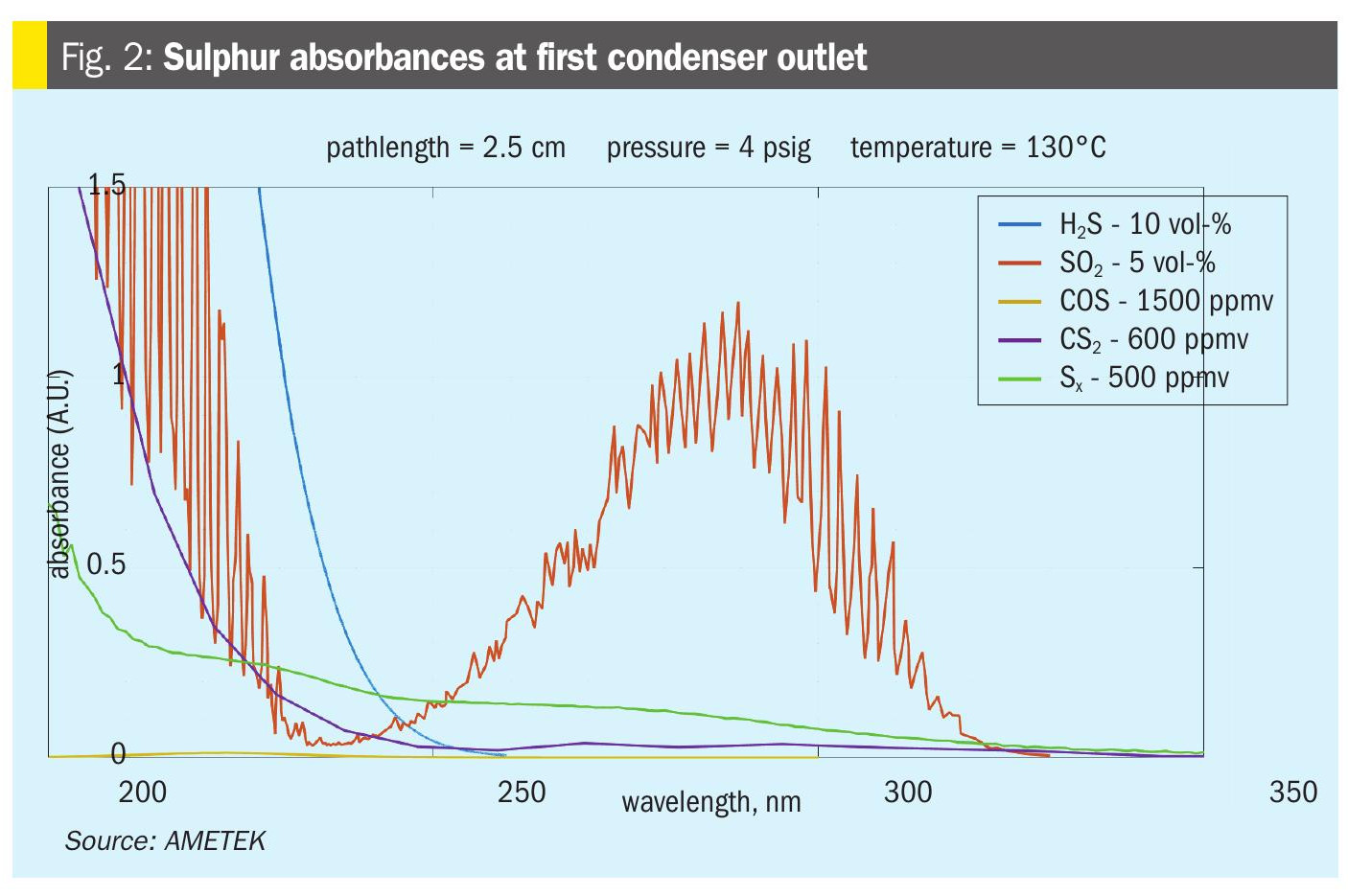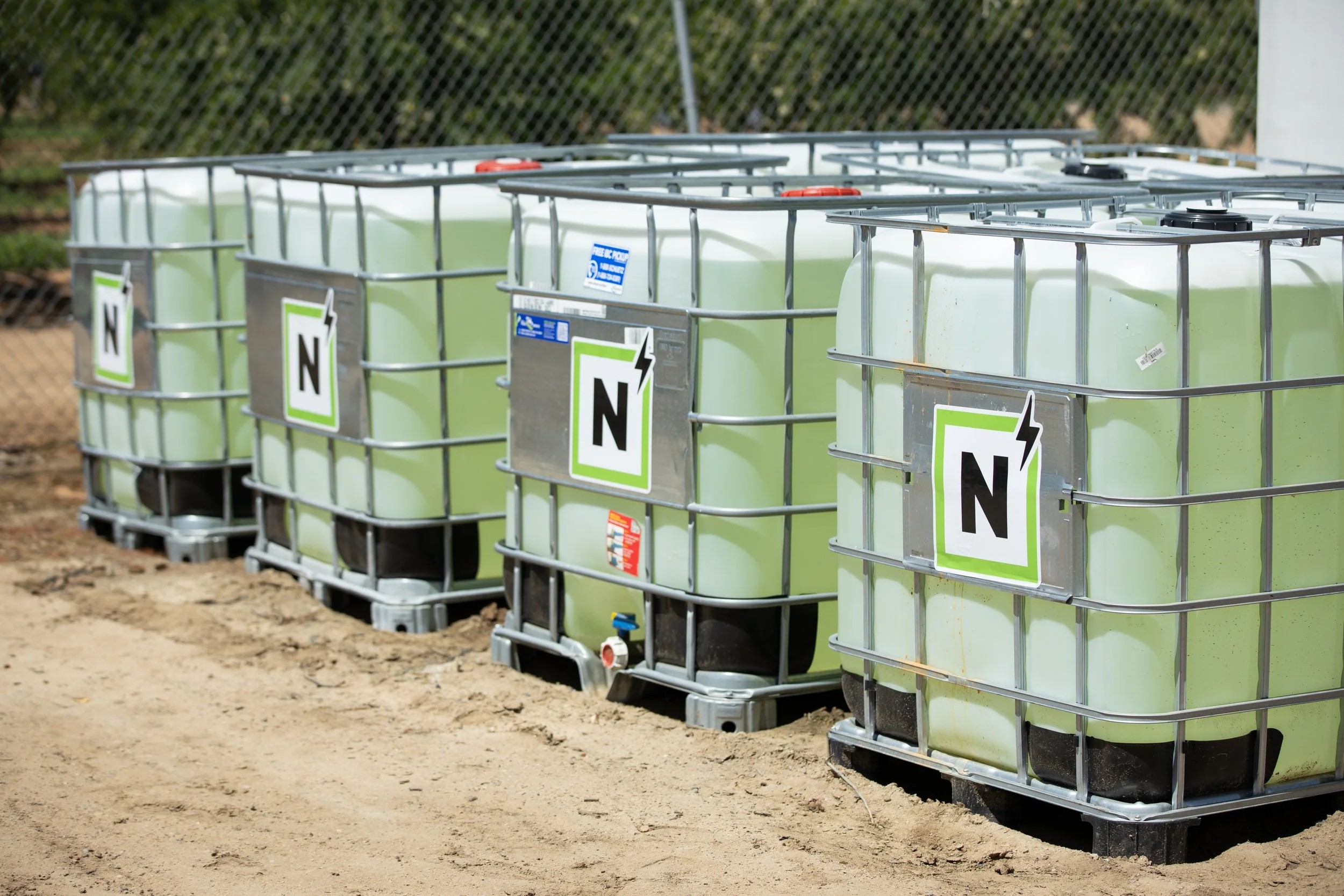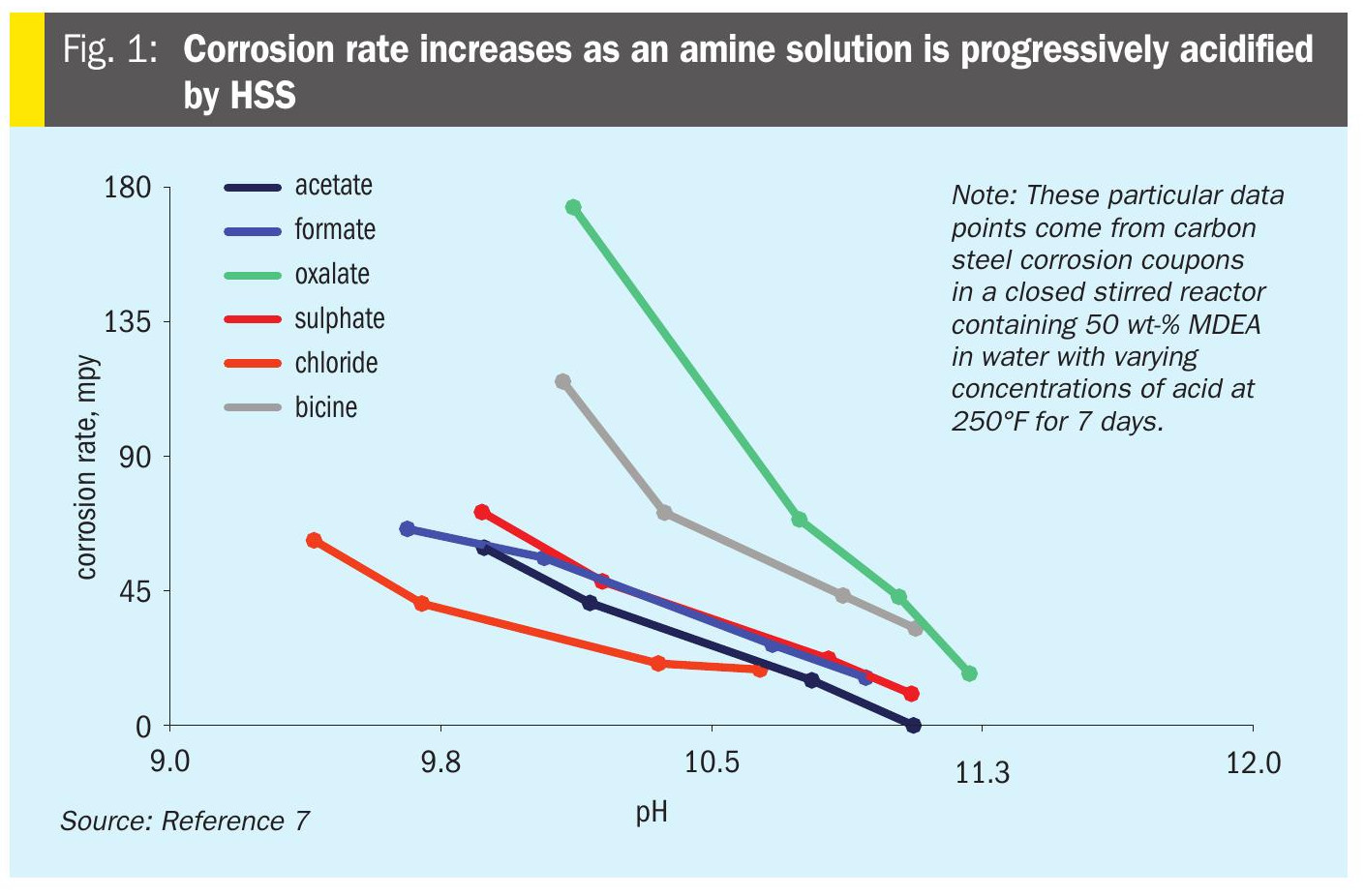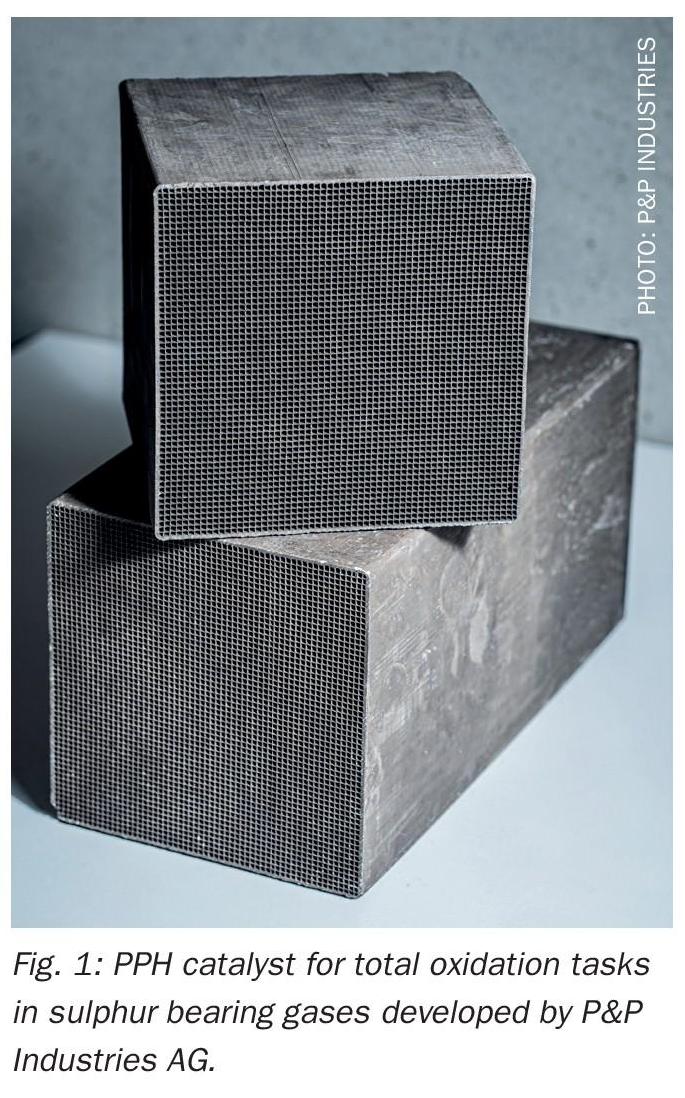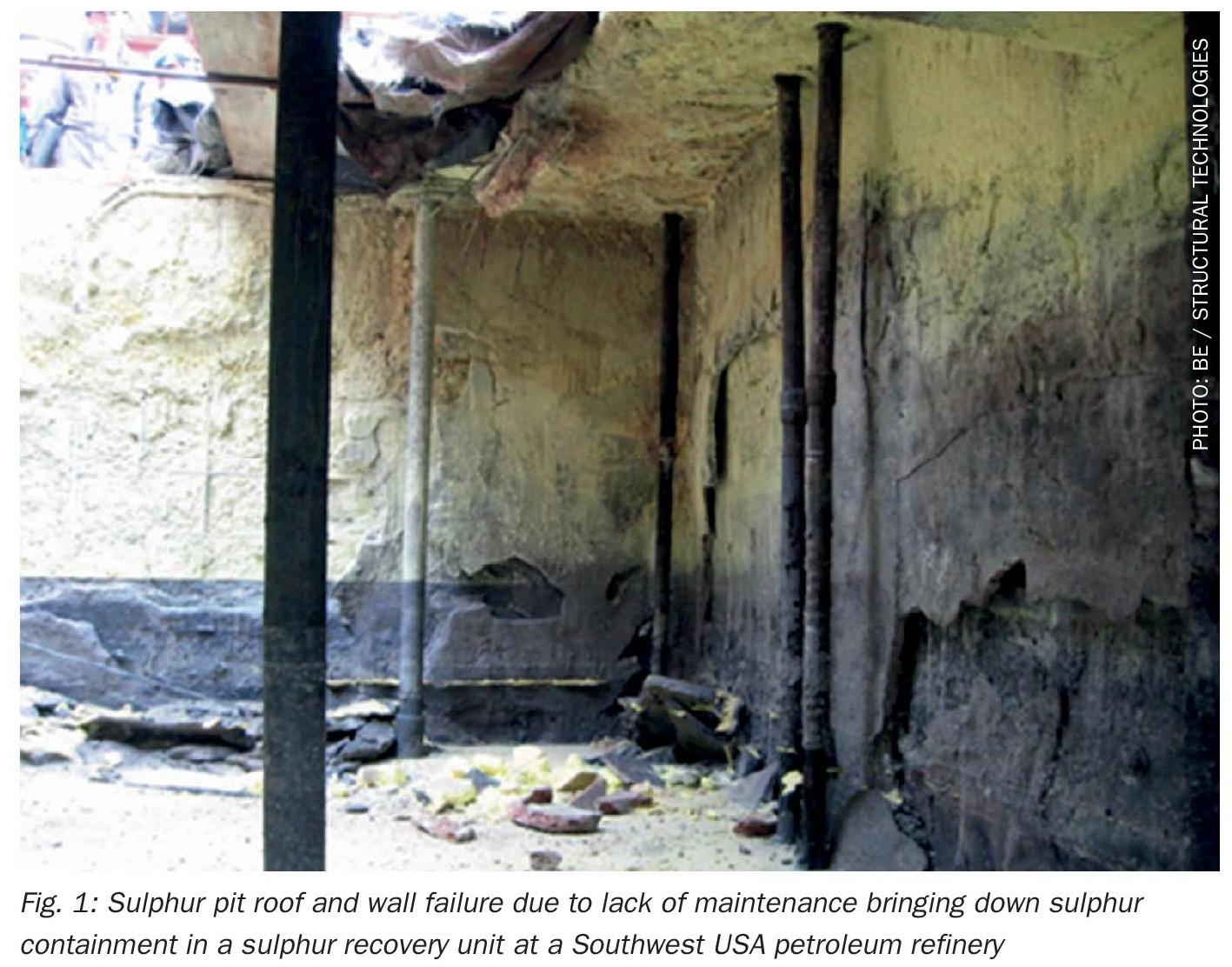Nitrogen+Syngas 312 Jul-Aug 2011

31 August 2011
Problem No. 7: Urea melt pump damage
The urea melt pump is a challenging application of a centrifugal type of pump: On the discharge side it has a relatively high pressure as the urea melt needs to be pumped up to the top of the prilling tower, which is typically some 100 metres high; while on the suction side vacuum pressure exists. Furthermore, the urea melt needs to be pumped with a minimum residence time to minimise biuret formation, so the residence time at the suction is limited. Finally the urea melt can easily crystallise transforming into biuret, triuret or further poly-urea products, which can cause cavitation and damage the pump.

Mr Muhammad Usman of the Process Engineering Department of Fauji Fertilizer Company in Sadiqabad, Pakistan introduces his problem of damage to the urea melt pump:
We have a centrifugal pump for urea melt at the bottom of the second vacuum concentrator, which pumps around 99.7 wt-% urea melt to the prilling tower. Urea polymer lumps frequently falling in the melt pump suction line are causing cavitation of the pump and in a recent incident even damaged the pump shaft. Using a suction strainer to avoid lumps in the pump suction proved to be unsuccessful, due to its choking. Frequent flushing of the system is carried out; however, the issue in ongoing. Do you have any suggestions to improve the problem?
Mr Juan Jose Pestana of Operation Department of Soluciones Quimicas para el Campo y la Industria in Mexico has also experienced this type of problem in his plant:
After a lot of problems of this kind we had to open the second stage vacuum separator and make a manhole to take a look and clean up all the polymer urea. This was a lot of work for us and I think there is a better solution. If you cannot wait for a longer shutdown, try the following:
With a plant shutdown close all steam to ejectors and decrease the cooling water pressure (we took off one cooling water pump). Completely fill the vacuum separator with hot water and when water comes up to the vacuum condenser, feed steam to the evaporator heater to boil (5 to 10 minutes). Maintain a small flow of water with this operation. After this, drain all equipment. Operate your urea solution pump until all water remains clean.
Mr Nour Dw. of Delta Co in Egypt provides some recommendations to avoid damage of the urea melt pumps: Adjust the temperature of the urea melt and the vacuum pressure in the vacuum separator to avoid these kinds of problems according to the % H2O and % biuret analysis of product. Typical conditions in the second evaporation stage are 0.03-0.04 kg/cm2 and 138-140oC. High vacuum pressure may damage the urea melt pump, especially in cases of low load of the evaporation unit.
Mr Yousaf Mehboob of Production Department of Fauji Fertilizer Company in Pakistan offers another possible solution:
If you have frequent problems of lumps falling in the urea melt pump suction, you should install a grid plate inside the second stage vacuum separator holder neck to prevent lumps from travelling to the pump suction side. The lumps will dissolve on the grid without disturbing the process and equipment.
Mr Muhammad Farooq of Pak American Fertilizer Ltd in Pakistan introduces several valuable suggestions:
You need to identify your site conditions. The following points are important:
- Proper level of urea melt in the final concentrator holder. If the holder contains bubbles, the level set point in the holder needs to be increased to avoid pump cavitation. Increasing the level set point will result in less damage.
- Ensure that the pump never runs without urea melt if polymer urea lumps fall – then the pump needs to be stopped immediately or put in standby in service within the shortest possible time.
- Ensure the urea melt liquid has the right density (to avoid pump cavitation).
- Avoid quick changes in vacuum system during vacuum pulling/breaking.
- Check the diameter of the shaft and consult a mechanical expert to review the diameter, sleeve, impeller nut etc.
- Check that the free ammonia content in the urea melt is as per design.
Mr Girish Prakash of Tata Chemicals Ltd in Brabala, India introduces another solution which has given them excellent results: The easiest and safest solution we have found to the problem is to have periodic urea melt dome flushing (preferably fortnightly). The line for flushing is drawn from the melt pump discharge. The results obtained were excellent. In addition to this you can install a conical per forated suction strainer (like the one installed in lube oil pumps) in the melt pump suction line.
Mr Mark Brouwer of UreaKnowHow.com in the Netherlands asks a further question:
Are prilling plants (two stage evaporator steps) more prone to this problem than granulation plants with a one stage evaporation step?
Mr Nour Dw shares his positive experiences with urea melt pumps:
In 18 years we have never faced this problem in our prilling plant. We have no strainer in the suction line and we always monitor the level indicator in the suction line, located nearly one metre above the pump. We control the level as low as possible and monitor vacuum and temperature (one point at the suction side and another before the bucket with alarms and achieve good specifications for biuret and water content. We usually open the discharge valve located before the bucket 100% and maintain a normal flow rate of urea melt to the evaporation section.
Mr Le Ngoc Ban of Operation Department of Phu My Fertilizer plant in Vietnam asks about lump formation in the first stage evaporator:
I agree with Girish 100%, we had the same problem and solved it by weekly urea melt dome flushing. But we find it is difficult to clean the first vacuum separator dome because we do not have a urea melt line to the first vacuum separator. Do you have experience of first stage vacuum washing?
Mr Girish Prakash replies to the previous questions:
You can take a branch line from the line for second stage flushing with proper flushing connections and interconnecting valves and then do flushing of both the stages in any sequence you want. As for Nour’s observation, the polymer formation is more severe in plants with pre-vacuum concentrators.
Mr Le Ngoc Ban asks further:
Did you modify your vacuum washing system?
Mr Girish Prakash replies again:
Yes, you need to modify the separator dome flushing system.
Mr Muhammad Umair Ali of Production Department of Fatima Fertilizer Company in Pakistan adds his experience:
The best way to tackle this problem is to avoid the formation of polymer urea lumps and I am in complete agreement with
Girish that urea melt flushing once a week will give you excellent results. At Fauji Fertilizer Bin Qasim we employed urea melt flushing, which is recommended by Stamicarbon, and we are satisfied with the results.
Mr Muhammad Usman asks a further question:
We perform flushing of the first and second stages fortnightly with hot condensate. The operating conditions of the concentrators are 137-142°C and 0.5 and 0.06 kg/cm2 (abs). We are also operating with a pre-concentrator. This adds to the formation of polymers in the vacuum stages. One option i.e. the use of melt urea from pump discharge for flushing could be useful as mentioned earlier.
However, would installation of a grid in the second stage help? How can we avoid choking of the grid in the case of frequent falling lumps. Would it add to the flow starvation of the pump?
Mr Rajeev Gupta of Urea Operations at GPIC in Bahrain contributes to the discussion:
As Girish has said, wash the top domes at regular intervals. Urea melt is better as it has been observed that it dissolves the urea polymers better at the higher temperature. In case a polymer lump has fallen down, watch the urea melt pump discharge pressure. If the temperature is increased, it will dissolve faster. In cases where there is no provision of urea melt to wash the domes, condensate can be used until urea melt can be made available in next stoppage. It must be noted that a special sprayer is required that must be obtained from a reputable licensor.
It is also worthwhile to investigate if the melt pump rotates in reverse direction in case the pump loses suction level. Normally a level control valve can be closed temporarily to close the discharge control valve. Do it as early as possible to ensure avoidance of reverse rotation. This can be realised by interlocking with the discharge pressure transmitter and current drawn in series.
Mr Majid Mohammadian of the Engineering Department of Pidmco in Iran provides some more valuable suggestions:
Muhammad Usman, I agree with you regarding the reason for this problem. As you know, due to vacuum in the evaporator separators we are faced with physical entrainment phenomena and thus we should reduce this entrainment to control the lump formation in the top part of separators.
Normally there is a Chinese hat (impingement plate) in the separator to control the urea melt entrainment. However, if the diameter of the Chinese hat is insufficient, some urea melt droplets can escape, eventually resulting in the formation of lumps. One solution therefore is to check the diameter of this Chinese hat and if required increase the diameter to reduce the entrainment.
The heating coil in the separators should also be checked. Urea melt circulation is a good solution if you can control the biuret increase accordingly.
Mr Muhammad Kashif Naseem of Process Engineering at Safco in Saudi Arabia gives his suggestions:
The most efficient and valuable solution for the removal of urea polymers is to install a urea melt flushing system sprayer. It will not add any additional components to the urea melt and waste water system and the plant will run smoothly.
If time is available before start-up of the unit, e.g. after a shut down, water flushing should be carried out.
Mr Waheed Ahmad of Urea Operations of Fauji Fertilizer Company in Mirpur Mathelo in Pakistan adds:
We faced this problem after a plant up-rate. Our new pumps were of high capacity and we were operating below the normal flow. Our flow has now normalised.
Check the level in the suction of the pump. Increase it and check your suction level transmitter.
The grating should be inside the second stage vessel to avoid lumps in the pump suction, as in the latest designs.
| This series of discussions is compiled from a selection of round table topics discussed on the UreaKnowHow.com website. UreaKnowHow.com promotes the exchange of technical information to improve the performance and safety of urea plants. A wide range of round table discussions take place in the field of process design, operations, mechanical issues, maintenance, inspection, safety, environmental concerns, and product quality for urea, ammonia, nitric acid and other fertilizers. |


